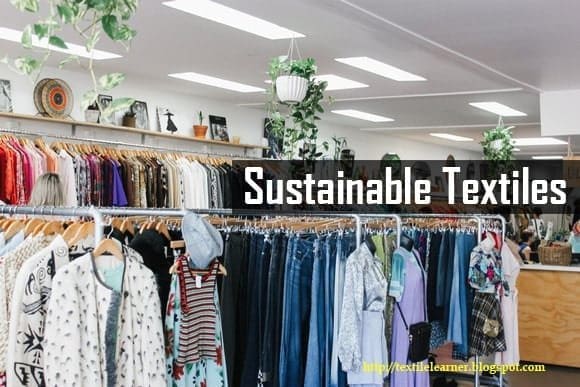4 Innovations in Sustainable Textiles That Will Change The Fashion Industry
The Bangladesh textile industry is continuing to grow and expand as supply meets demand. In order to thrive however, manufacturers are following global trends in textile innovations. They are listening to what the customer is requesting and producing garments that are increasingly made from sustainable materials. It is not just about making clothing cheaply – the customer wants quality products that are not harmful to the environment. Alternative and sustainable textiles are the answer to this and are now pervading the fashion industry.
Natural Hemp Fibres
Hemp fiber is becoming increasingly popular in the fashion industry. The fabric is breathable, lightweight, durable and resilient. This is important not just for the wearer, but for the clothing manufacturer. It is very forgiving when you are sewing it, making it a good fabric to work with if you are new to sewing. From a sustainability point of view, hemp can be grown without the need for pesticides or herbicides – it is naturally antibacterial. The plant is also extremely fast growing and requires very little water. In the Bangladesh denim industry it is very popular as an alternative to cotton.
Stinging Nettle Fibres
Unlike hemp, globally there is no legal issues with growing stinging nettles. As most people know, they are generally considered a weed. Nettles grow extremely quickly and new hybrid species are being grown specifically for the clothing industry. These have an extremely high fibre content, they have a good spinning length and are flexible and strong. Compared to cotton, they are grown with far less pesticides and around half the amount of water.
Banana Fibres
The Bangladesh textile industry have been using banana fibres for over a decade, but the production process is yet to hit the mainstream. Banana fibres are very similar to bamboo, they produce a lightweight and breathable fabric that is soft to the skin. The tensile strength of the fibres are stronger than bamboo however and it has a good spin ability. In terms of sustainability, banana is excellent – the fibres are actually made from the stem of the plant, which is often considered a waste product.
Coffee Ground Fibres
Using coffee grounds to create fibres is a recently new innovation. Singtex, a company from Taiwan have been creating yarn by adding a polymer to the post-production coffee grounds. This creates stability and a durable fibre that can be woven into strong thread. This is extremely versatile and can be used for household items, sportswear, outdoor clothing and fashion garments. The coffee grounds are a waste product that are recycled. They are acquired from large, mainstream coffee companies such as Starbucks and Costa Coffee, and would have otherwise been disposed of.
Innovations in textile production are driving the clothing industry forward. There is a huge demand for sustainable products and this means sourcing fibres and yarns from natural sources. They can then be used to create a beautiful eco-friendly garments that will be in high demand.

